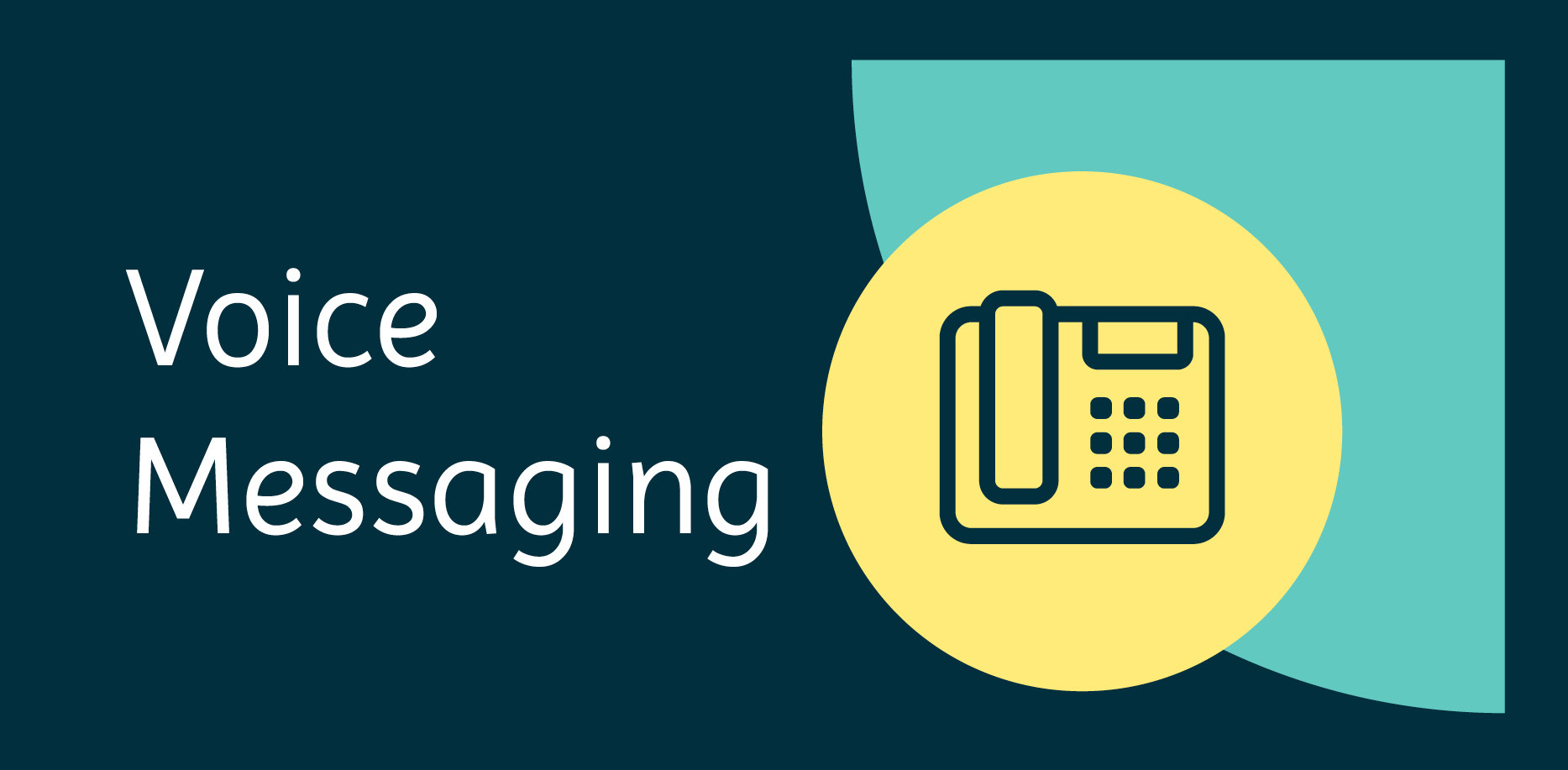Automated voice messaging allows you to communicate with customers using pre-recorded voice messages.
You can send automated voice messages to both landline and mobile phones to deliver a range of time-sensitive communications quickly and effectively, which can mean that you save time and money.
Automated voice messaging frees up the capacity of your call centre staff so they can focus on difficult or complex customer service cases.
These automated voice messages are personalised, so that when a customer receives a call, they listen to the message and respond with an action.
These automated messages can promote actions such as:
- Confirm appointments
- Processing payments
- Invite participation in a survey
- Confirm an order
- Confirm delivery of an item
- Capture data such as meter readings
There are various types of automated voice messages we can deliver, and the right solution will depend on your requirements.




